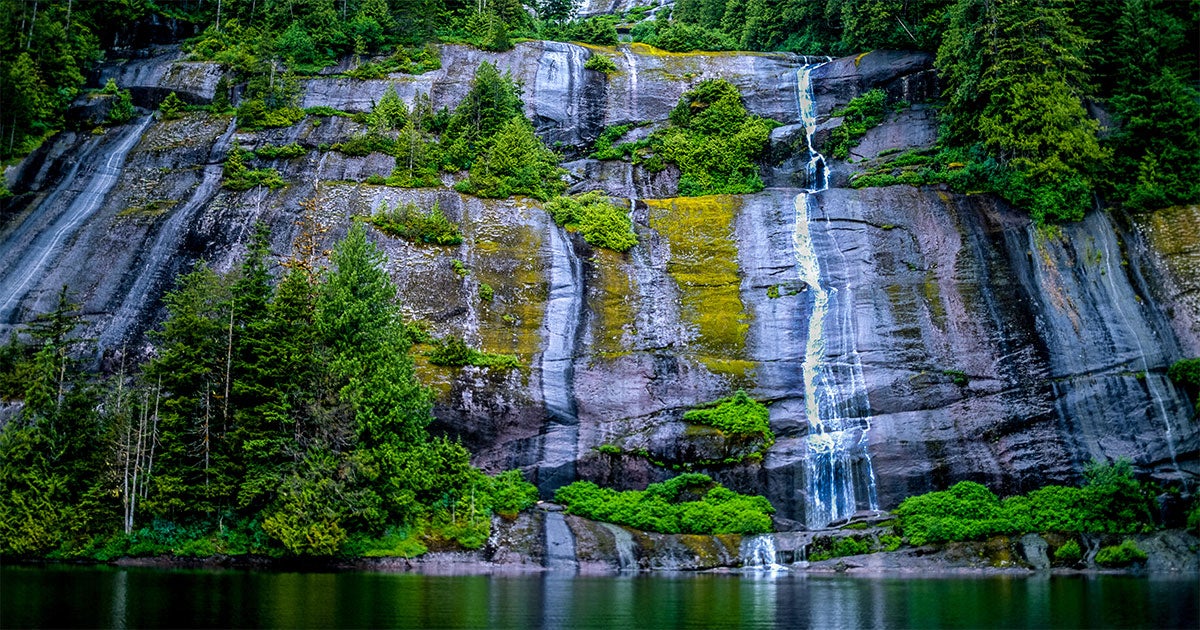The Most Cost-Effective Climate Solution Available: Keep Forests Where They Are
We're calling on the Biden administration to conserve all mature and old-growth trees throughout our federal forests.
Last year we celebrated the Biden administration’s announcement that it would halt large-scale old-growth logging in the Tongass National Forest. We saw this crucial protection for the Tongass – our largest national forest, located in Southeast Alaska – as a moral imperative. The Tongass is one of the most important forests in the world for carbon sequestration and the lifeblood for many Alaska Native communities. We are extremely thankful that the Biden Forest Service took this step – and we are pushing for the administration to do more to meet the moment and solve climate change. Extending this safeguard to all of our carbon rich climate forests nationwide will be crucial. These irreplaceable forests naturally absorb greenhouse gas emissions and must stay intact instead of being auctioned off to the timber industry.
Today we’re calling on the Biden administration to take administrative action to conserve all climate forests – mature and old-growth trees – throughout all federal forests across our country. We believe this is the only way for the United States under President Biden to be an honest leader in the international community by demonstrating real commitment to address the climate and biodiversity crises.
In the fall of 2021 a U.S. delegation attended the United Nations Climate Change Conference in Glasgow, Scotland. At that conference, President Biden and world leaders discussed how to protect rapidly disappearing landscapes like the Amazon – yet for the U.S. to meaningfully collaborate in this goal, we must first protect our own forest carbon sinks at home. Protecting U.S. forests is an essential part of meeting our commitments under the Paris Agreement. Protecting carbon sinks like the Amazon and the Tongass is the largest, most cost effective, natural climate solution available.
The mature and old-growth forest ecosystems that can be found across the U.S. National Forest System store even more carbon per acre than tropical rainforests and protecting them won’t just store carbon. For Indigenous communities, these forests also support a cultural heritage stretching back thousands of years. If mature and old-growth forests continue to be logged, Indigenous communities will face the loss of areas vital to culture and heritage, and ecosystems they have stewarded for millennia.
Older forests are also a key solution for confronting the planet’s related extinction crisis, since they buffer species from more extreme climate impacts and provide vital habitat for imperiled species like salmon. At the same time, essential benefits such as clean water can also be attributed to intact forests. Establishing permanent protections for these natural carbon reservoirs and climate sanctuaries is directly in line with the Biden administration’s goal to protect 30 percent of lands and waters by 2030.
To mitigate the impending climate and biodiversity crisis, the conservation of mature and old-growth public forests must be a central component of our nation’s climate strategy. The United States Forest Service and Bureau of Land Management should establish permanent protections for mature and old growth federal forests and trees nationwide. It will be one of the most cost-effective and powerful near-term climate solutions the United States can employ.
Established in 1989, Earthjustice's Policy & Legislation team works with champions in Congress to craft legislation that supports and extends our legal gains.
